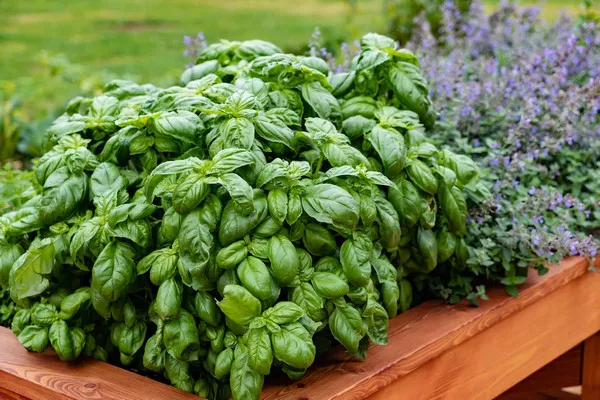In a pioneering development for agriculture, Kayseri, Turkey is at the forefront with the introduction of Bugmapper, an innovative AI system devised by Erciyes University professors Handan Altınok and Alper Altınok. This cutting-edge AI technology is specifically engineered to detect and manage agricultural pests and diseases within greenhouse environments, significantly minimizing the need for chemical pesticides.
The Bugmapper system operates via a user-friendly web interface and employs intelligent traps to identify pests such as tomato moths, thrips, and whiteflies. These pests adhere to traps strategically positioned inside greenhouses, with collected data subsequently analyzed through a mobile application. The processed information is then transmitted to cloud-based platforms where AI algorithms categorize and map out pest infestations, facilitating precise and targeted pesticide applications.
Support for Bugmapper has been bolstered by the Scientific and Technological Research Council of Türkiye (TÜBİTAK), which provided nearly TL 900,000 ($27,590) to fund its development. This backing ensures ongoing research and enhancement efforts at Erciyes Technopark. Handan Altınok, head of the Plant Protection Department at Erciyes University, underscores the system’s role in promoting safer food production by reducing chemical residues through effective pest management.
Implemented across greenhouse facilities in Kayseri, Yozgat, Afyon, and Mersin, Bugmapper has yielded substantial seasonal reductions in pesticide usage, ranging from 30% to 50%. This decrease not only benefits the environment but also enhances the quality and safety standards of agricultural produce.
Alper Altınok emphasizes the efficiency of Bugmapper in swiftly identifying and preempting local pest issues without being dependent on greenhouse infrastructure. Operating with minimal requirements—a mobile phone and its accompanying app—a portable device carried by field personnel reads traps, enabling detailed data collection on diseases and pests directly transmitted for real-time analysis.
Bugmapper’s transformative impact is evident in its ability to drastically reduce pest monitoring time. Traditional methods involving visual counting on sticky traps typically consume 5 to 10 minutes per trap, whereas Bugmapper accomplishes the task in just 10 seconds per trap. The web-based AI application further consolidates this data into informative graphs detailing pest distribution, risk trends, and color-coded maps, empowering farmers to formulate effective pest control strategies.
This technological leap forward marks a significant stride toward sustainable agricultural practices within greenhouse farming. By curbing reliance on chemical pesticides while enhancing pest detection and management capabilities, Bugmapper not only promotes healthier food production but also contributes to environmental conservation efforts.


